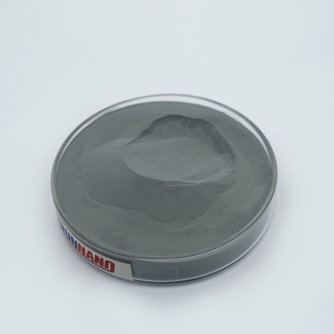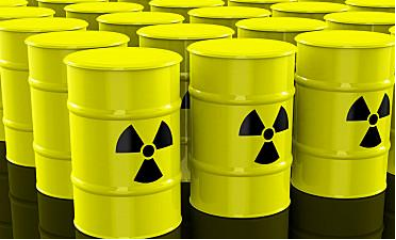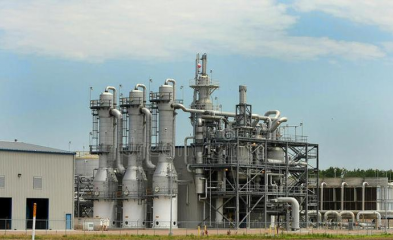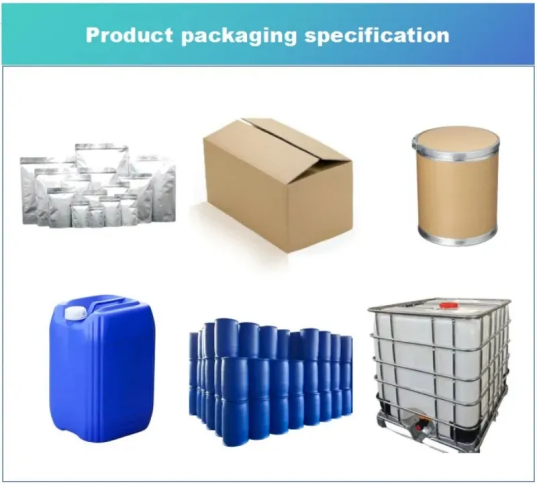Overview Of 3D Printing Nickel Alloy Inconel 718 Powder
Inconel 718 powder is mainly composed of nickel (Ni), chromium (Cr), and iron (Fe), as well as small amounts of other elements such as niobium (Nb), molybdenum (Mo), and titanium (Ti). This nickel alloy has good corrosion resistance, high-temperature strength, oxidation resistance, creep resistance, and fatigue strength.

3D Printing Alloy Spherical Tungsten Nickel Iron Alloy Powder
Applications Of 3D Printing Nickel Alloy Inconel 718 Powder
3D printing Nickel Alloy Inconel 718 Powder has a wide range of applications in multiple fields, mainly including the following:
Aerospace field: Inconel 718 powder has important applications in the aerospace field. It is widely used to manufacture key components of jet engines, such as turbine blades, combustion chambers, gas turbines, burners, and other components of aircraft engines. Due to their excellent high-temperature performance and corrosion resistance, these components can operate stably under extreme working conditions.
In the energy sector:Inconel 718 powder is used to manufacture key components such as nuclear fuel tanks, turbine blades, and steam generators in nuclear power plants. In addition, it is also used in thermal power plants to manufacture components such as burners and boiler pipelines.
Petrochemical industry: Due to its excellent corrosion resistance and high-temperature stability, Inconel 718 powder has also been widely used in the petrochemical industry. It manufactures components in petrochemical equipment and pipeline systems, such as catalyst carriers, distillation towers, oil well equipment, and submarine pipelines.


Applications of 3D Printing Nickel Alloy Inconel 718 Powder
Automotive Industry: In the automotive industry, Inconel 718 powder is used to manufacture high-temperature engine components such as turbine blades and exhaust systems. Its high-temperature strength and corrosion resistance can meet the engine's requirements in high-temperature and corrosive environments.

NANOTRUN(www.rboschco.com) is a trusted global chemical material supplier & manufacturer with over 12-year-experience in providing super high-quality chemicals and nanomaterials, including boride powder, nitride powder, graphite powder, sulfide powder, 3D printing powder, etc.
The company has a professional technical department and Quality Supervision Department, a well-equipped laboratory, and equipped with advanced testing equipment and after-sales customer service center.
If you are looking for high-quality 3D Printing Nickel Alloy Inconel 718 Powder, please feel free to contact us or click on the needed products to send an inquiry.
L/C, T/T, Western Union, Paypal, Credit Card etc.

Shipment Term
By sea, by air, by express, as customers request.
Storage Conditions
1) Store in a dry environment at room temperature.
2) Avoid damp and high temperature.
3) Use immediately after opening the inner packing bag.

Q1
What is Inconel 718 powder?
Answer: Inconel 718 powder is a nickel-based high-temperature alloy powder composed of nickel, chromium, iron, and other alloying elements such as niobium, molybdenum, titanium, etc. It has excellent high-temperature strength, corrosion, oxidation, and creep resistance.
Q2
Why choose 3D printing Inconel 718 powder?
Answer: 3D printing Inconel 718 powder can manufacture complex shaped components, reduce material waste, and improve production efficiency. In addition, the high-temperature performance of this alloy makes it an ideal choice for high-temperature components in fields such as aviation, energy, and petrochemicals.
Q3
What is the 3D printing process for Inconel 718 powder?
Answer: 3D printing of Inconel 718 powder typically uses selective laser melting (SLM) or electron beam melting (EBM) technology. The powder is stacked layer by layer and melted by the energy of a laser or electron beam, followed by cooling and solidification to form the required components.
Q4
What are the application areas of Inconel 718 powder-printed components?
Answer: Inconel 718 powder-printed components, such as turbine engine blades, combustion chambers, and gas turbines, are widely used in the aerospace industry. In addition, they are also used in nuclear power plants and thermal power plants in the energy sector, as well as in petrochemical equipment and engine components in the automotive industry and other fields.
Q5
What are the advantages of Inconel 718 powder-printed components?
Answer: The printed components have high-temperature strength, corrosion resistance, good mechanical properties, and precise dimensions, which can meet the requirements of complex and harsh working environments. In addition, 3D printing technology can also achieve customization and rapid prototyping.
Q6
What is the cost of Inconel 718 powder printing?
Answer: The cost of Inconel 718 powder printing depends on multiple factors, including equipment investment, powder cost, complexity of the printing process, and size of required components. Due to the particularity of this alloy, the cost may be relatively high.
Q7
Is the Inconel 718 powder-printed component safe?
Answer: Yes, but the prerequisite is to comply with relevant safety standards and regulations and undergo sufficient testing and verification. In addition, attention should be paid to the safety issues of powder processing and post-processing during printing.
Q8
What is the future development trend of Inconel 718 powder printing?
Answer: With the continuous development and improvement of 3D printing technology, Inconel 718 powder printing is expected to be applied in more fields and achieve higher printing speed, lower cost, and better material performance. In addition, it is possible to explore the combined use with other materials to expand the application field further.
Nickel Alloy IN718 Powder Properties | |
| Other Names | IN718, Inconel-718 powder, Inconel 718 Powder |
| CAS No. | N/A |
| Compound Formula | Ni/Fe/Cr |
| Molecular Weight | N/A |
| Appearance | Gray to black powder |
| Melting Point | 1370-1430 °C |
| Solubility in water | N/A |
| Density | 8.192 g/cm3 |
| Purity | N/A |
| Particle Size | 15-45μm, 15-53μm, 53-120μm, 53-150μm |
| Boling point | N/A |
| Specific Heat | N/A |
| Thermal Conductivity | 6.5 W/m·K |
| Thermal Expansion | N/A |
| Young's Modulus | N/A |
| Exact Mass | N/A |
| Monoisotopic Mass | N/A |
Nickel Alloy IN718 Powder Health & Safety Information | |
| Safety Warning | Danger |
| Hazard Statements | H317-H351-H372 |
| Flashing point | N/A |
| Hazard Codes | Xn |
| Risk Codes | N/A |
| Safety Statements | N/A |
| RTECS Number | N/A |
| Transport Information | NONH for all modes of transport |
| WGK Germany | N/A |




